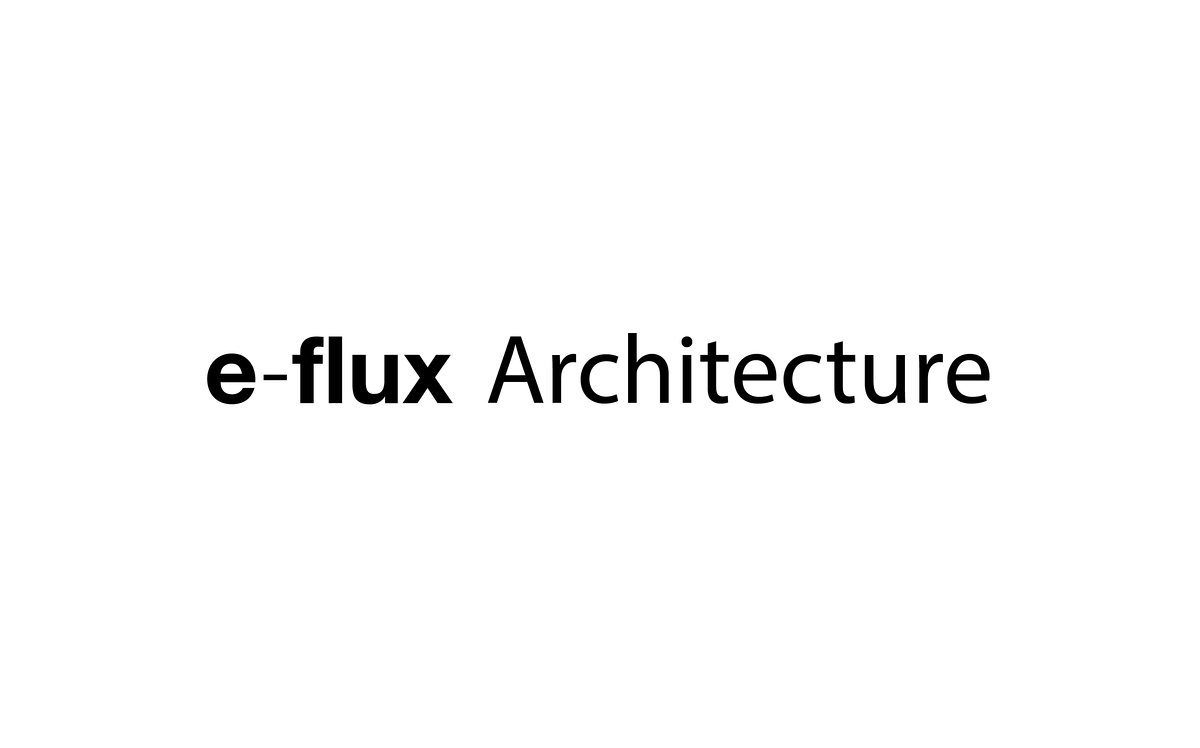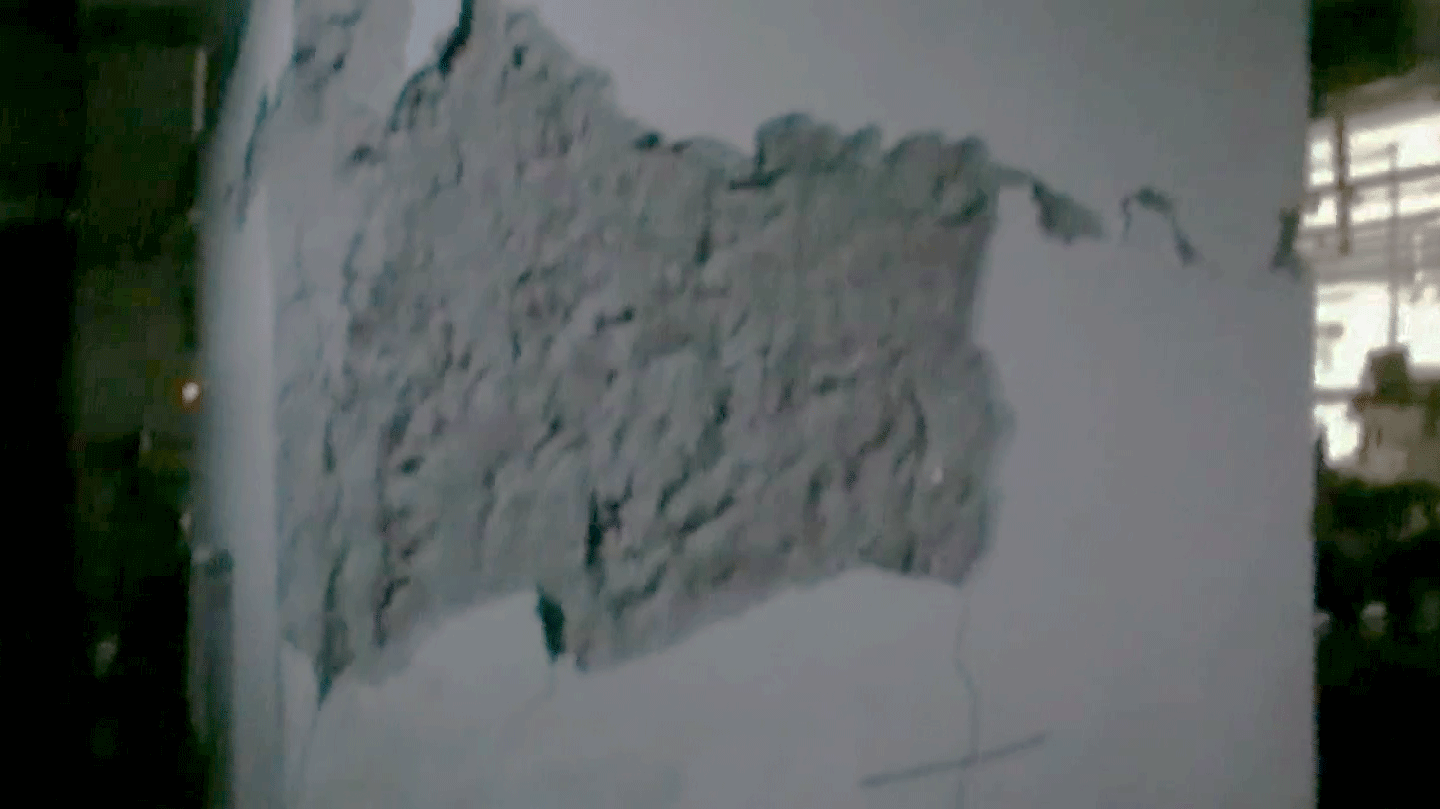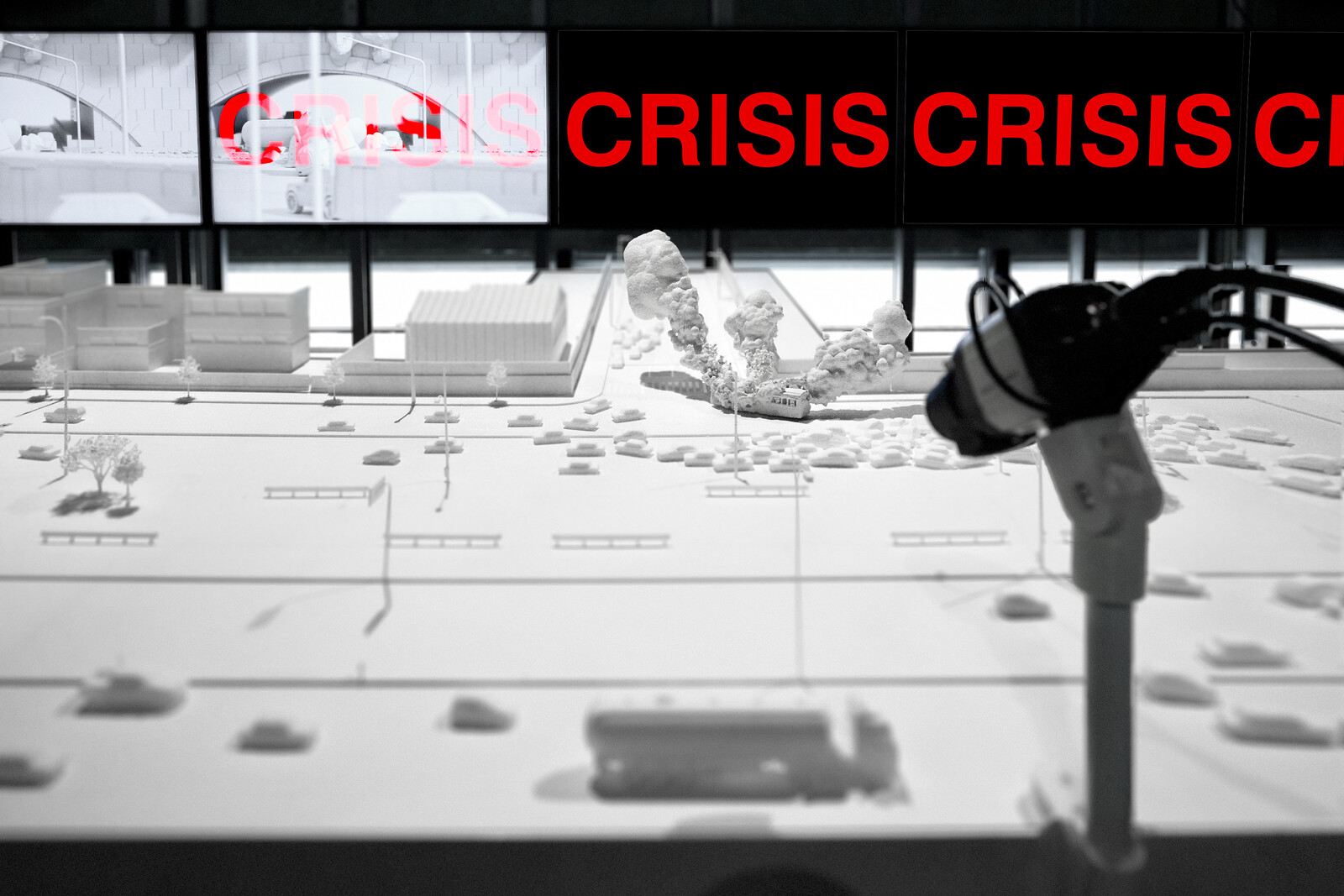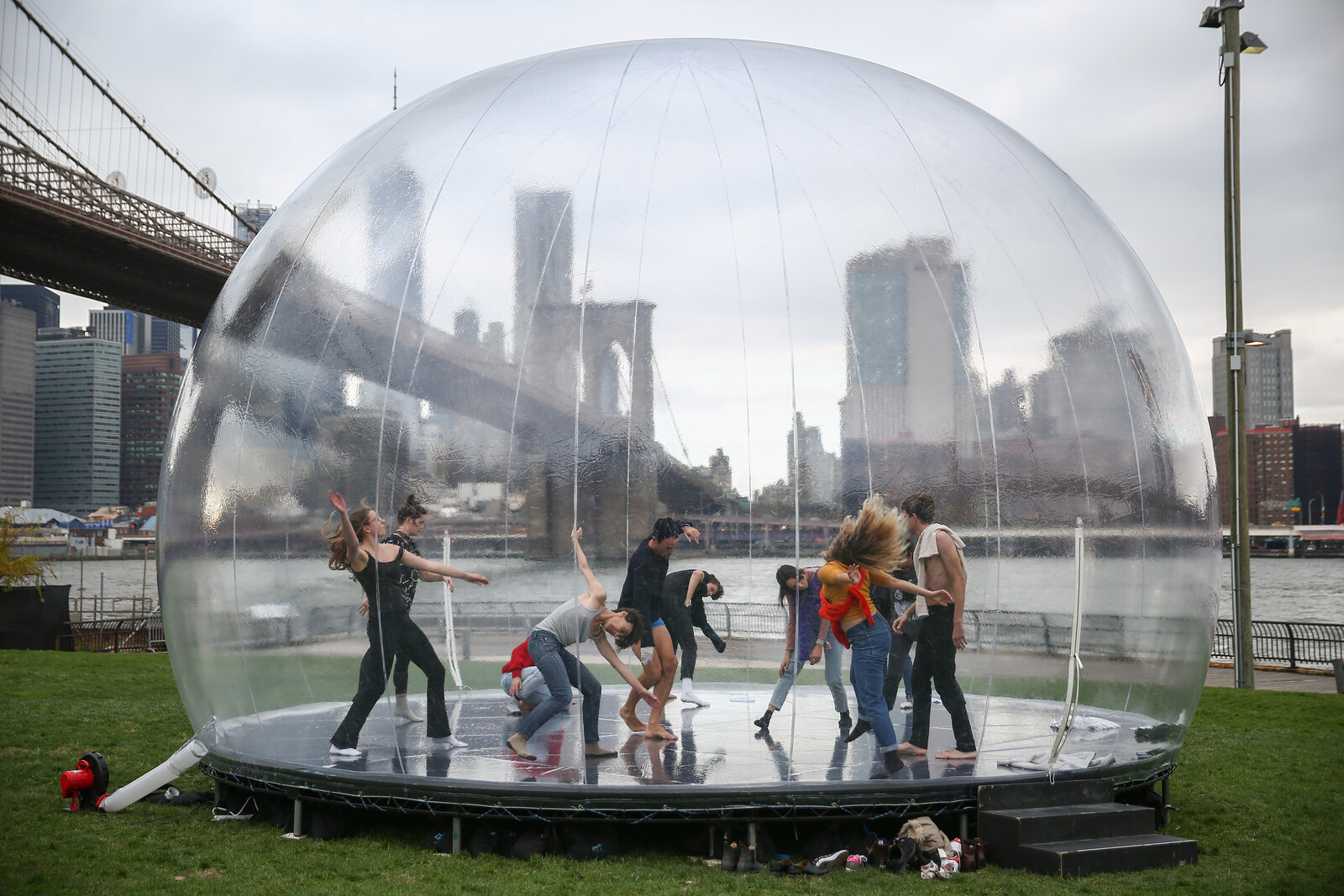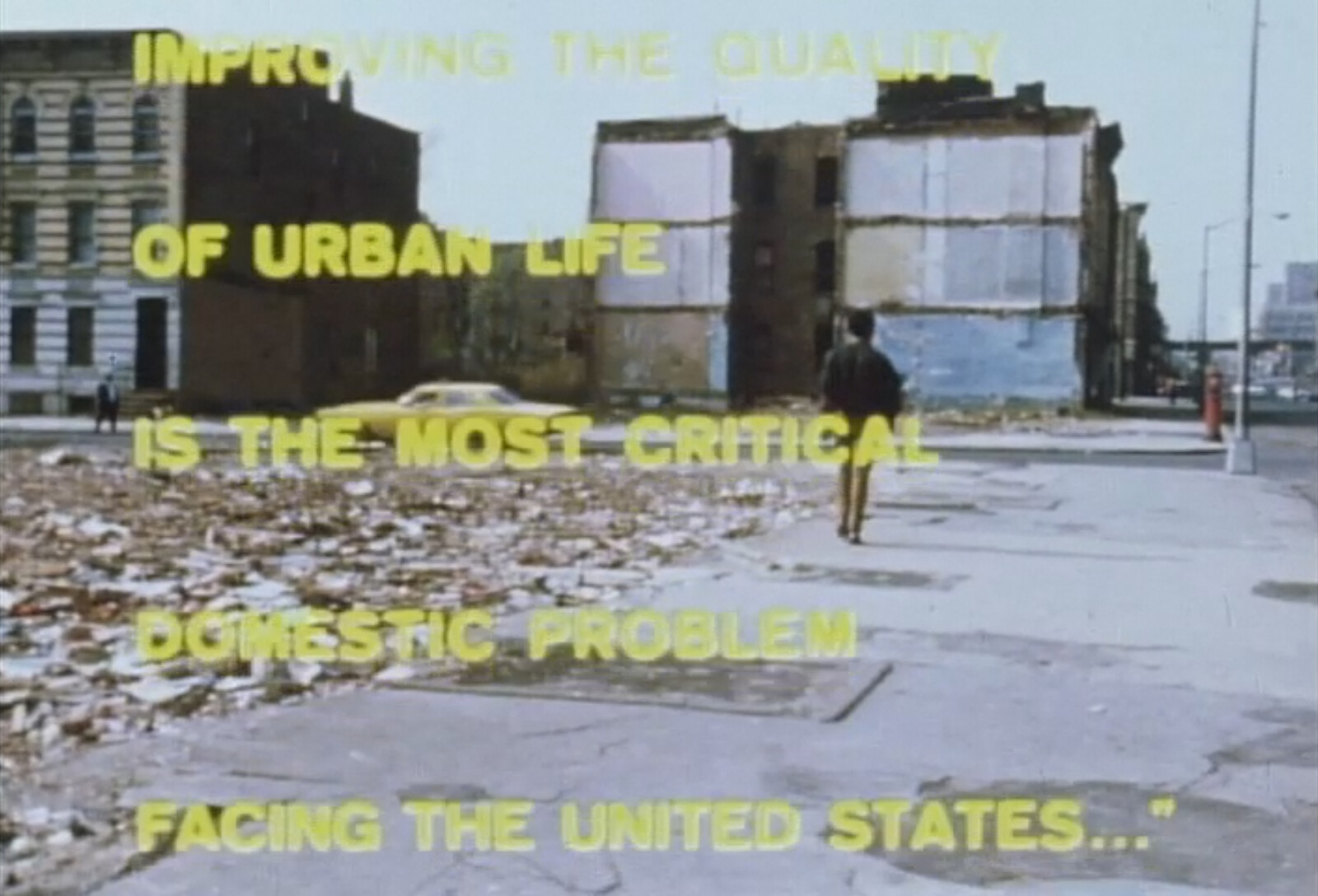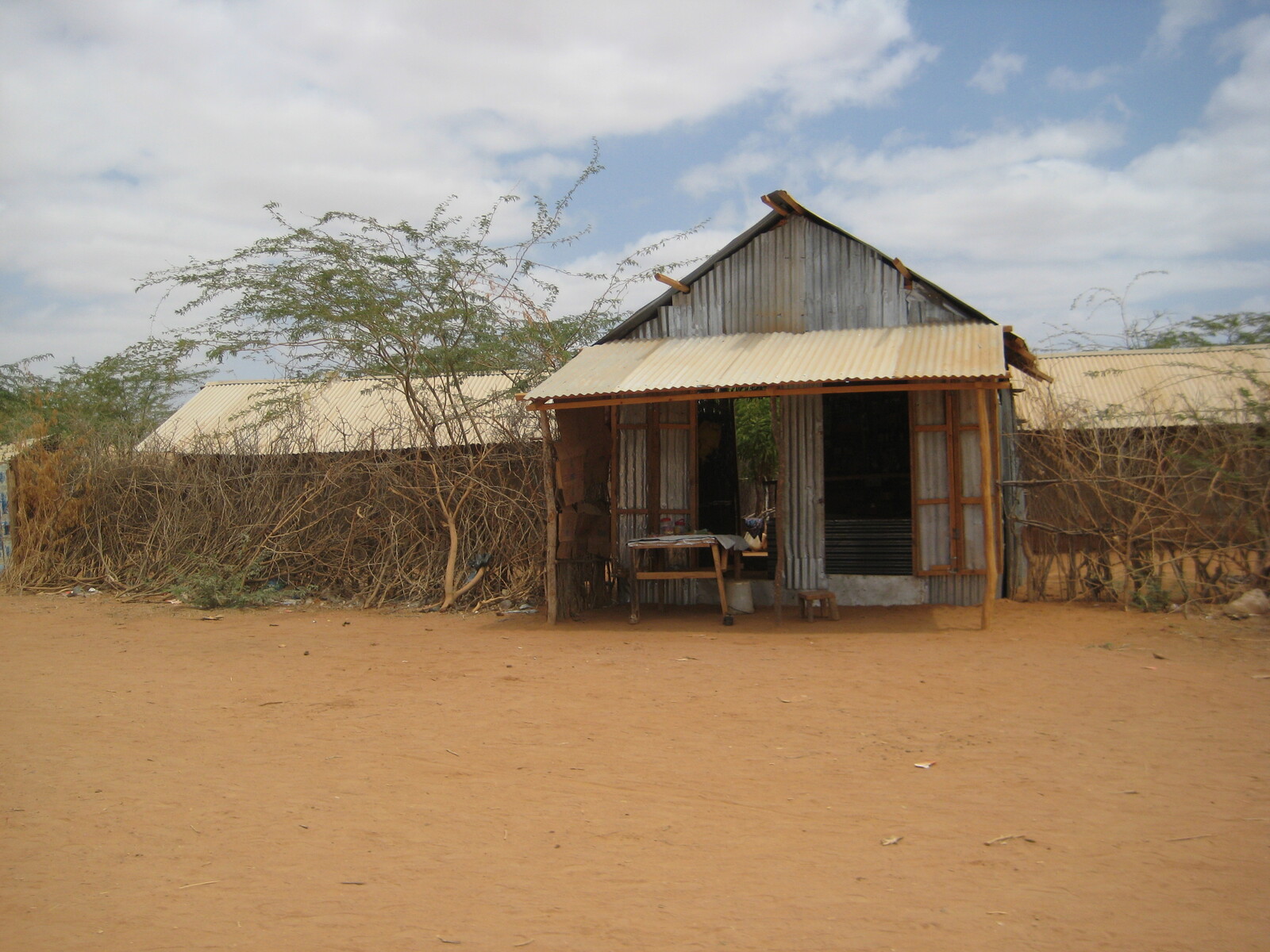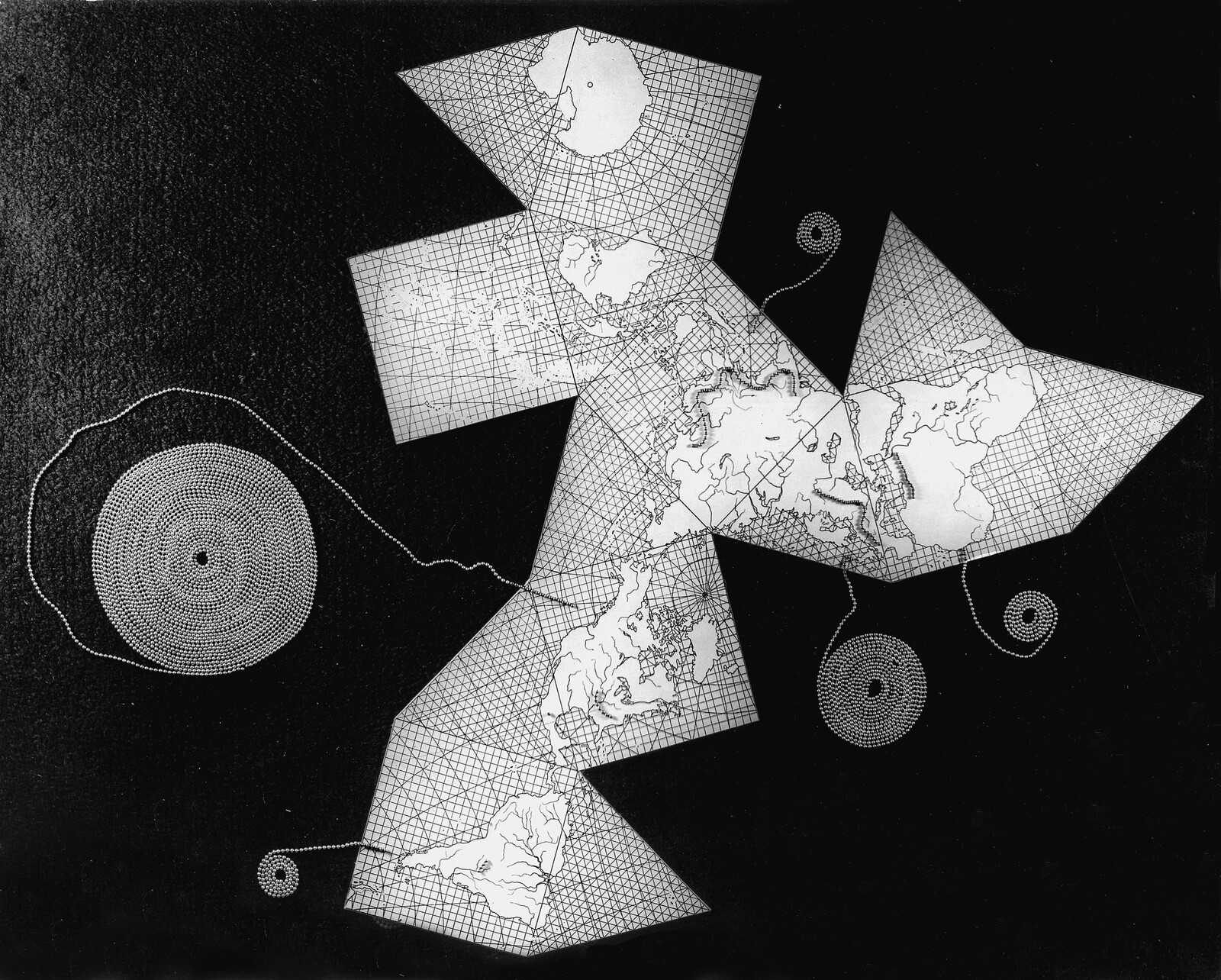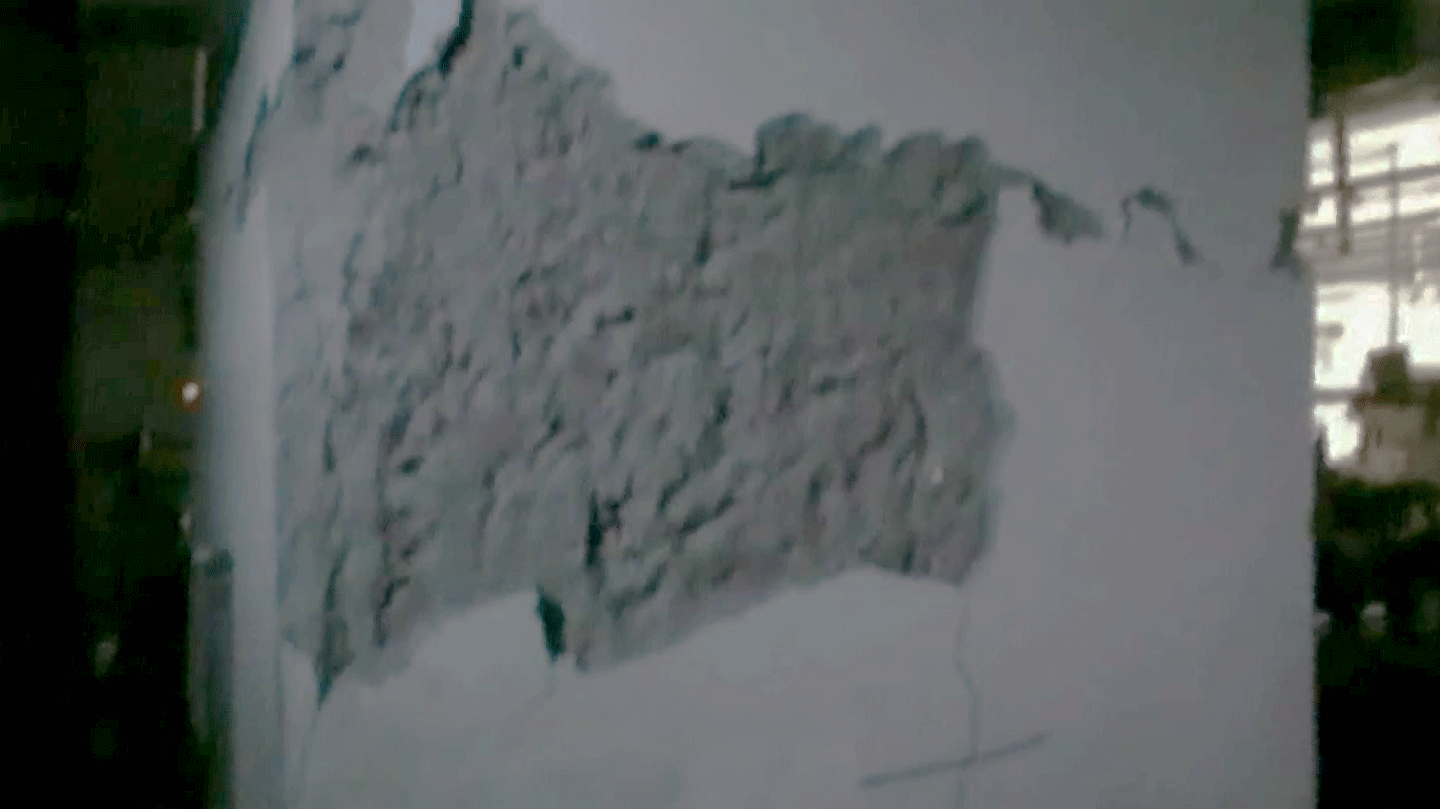Architecture does not simply resolve the structural uncertainties of its own material construction. Its scope of design extends to the project itself, including questions of land, rights, representation, agency, audience, and access. Architecture thus inflects and registers the ways in which risk becomes mediated throughout the spatial realm and society at large. The infrastructural breakdown that flammable cladding, rusting steel, and deteriorating concrete all point to—collapsed bridges, charred towers, and crumbling roads—is not only evidence of material degradation, but systemic abandon whose effects ripple far beyond any one site. Structural instability is not just a determinant feature of the built environment, but of contemporary life at large.
With neoliberal politics resigned to upholding the appearance of a functional stability, power increasingly lies in systems of management, organization, and design, often under the apolitical auspices of global finance, corporations, or non-governmental organizations. As a result, we are faced with an intensification in structural conditions of economic precarity, racial segregation, and resource scarcity, alongside the systemic effects of climatic instability, ever-growing waves of refugees and their criminalization by nation states, and the militarization of everyday life. Colonial expansions, states of exception, emergency management, and corporate exceptionalism all inform our understanding of these instabilities and their relationship to historical change, and also our capacities for collective resistance.
Structural Instability is a collaboration between e-flux Architecture and PennDesign.
